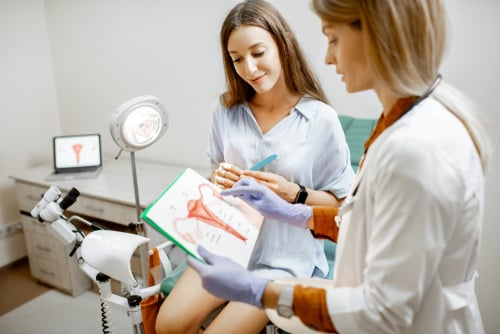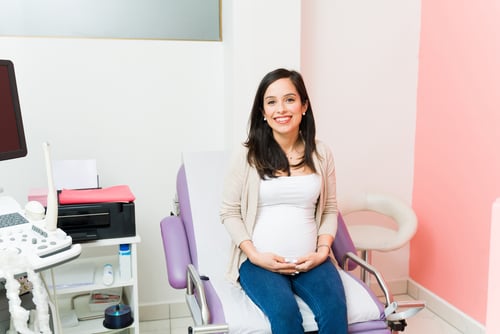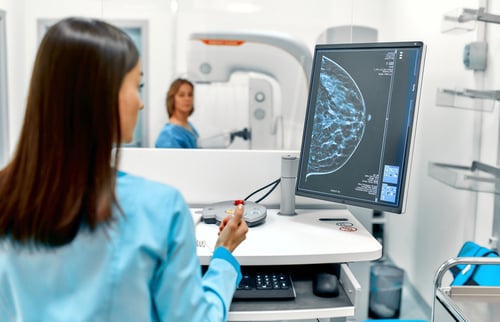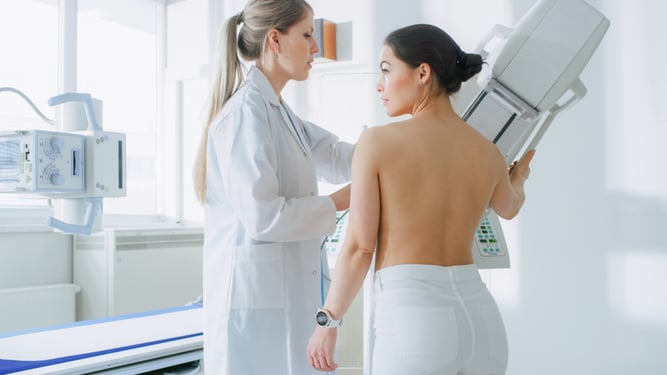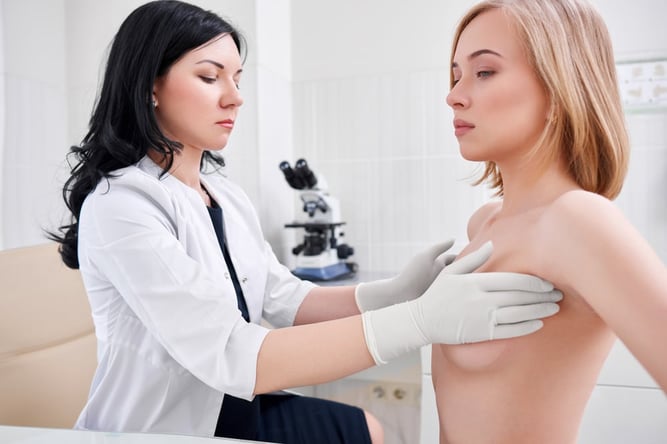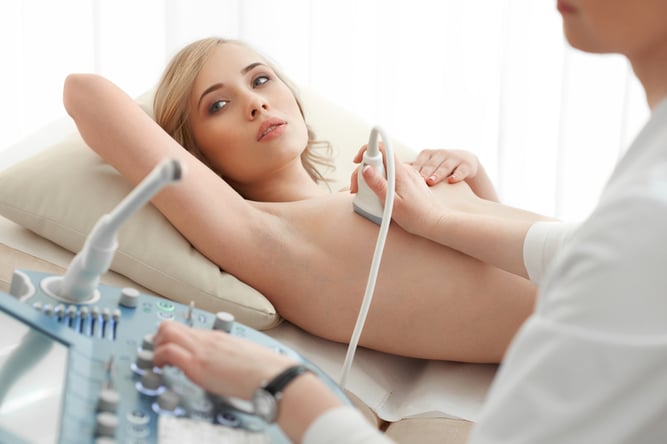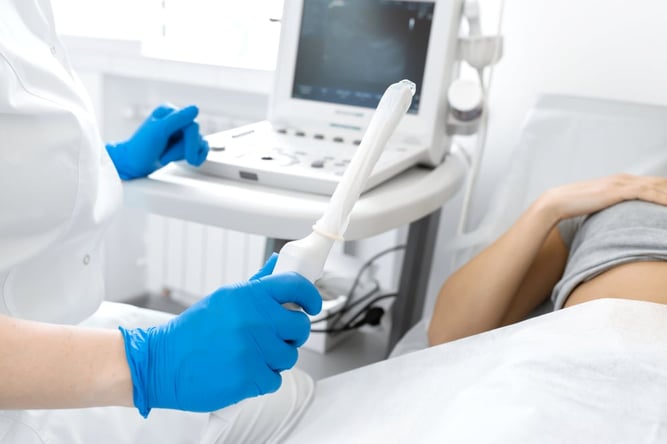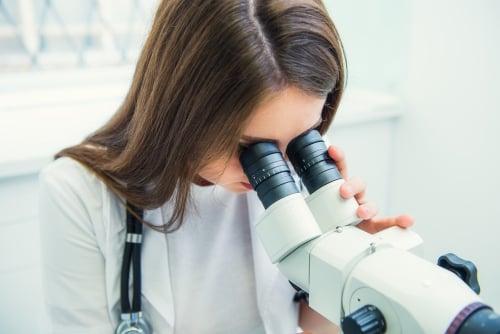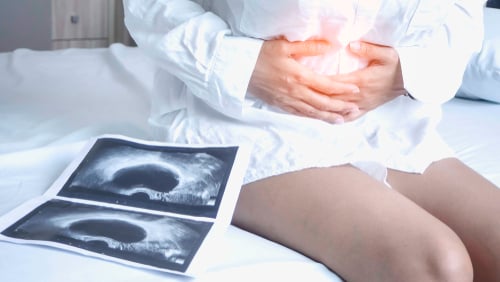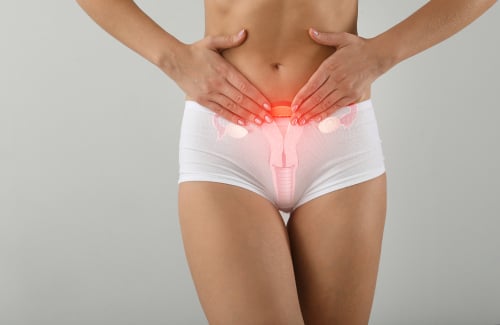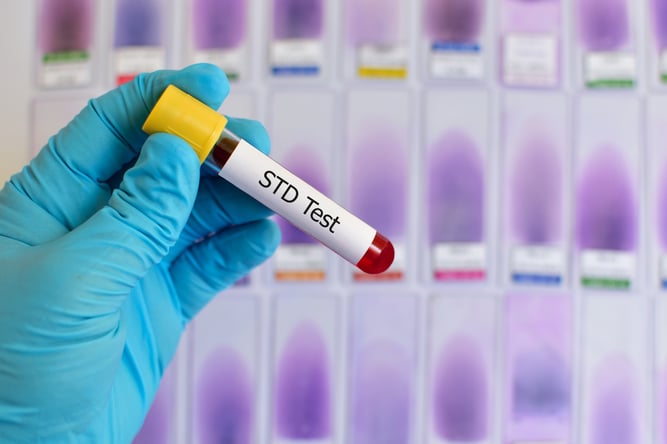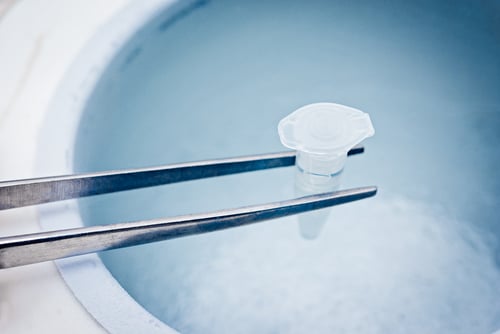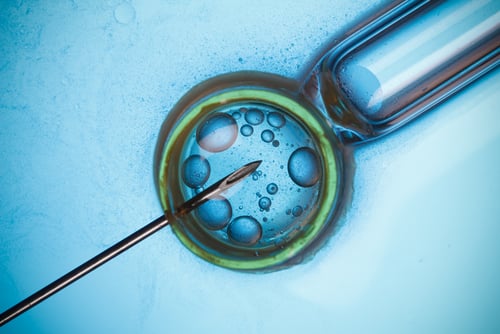Comprehensive Guide on Various Ovulation Predictors
Ovulation, a pivotal menstrual phase, is when an egg is released, facilitating conception. Accurate prediction is vital for conception or contraception. This article explores diverse ovulation predictors and their mechanisms.
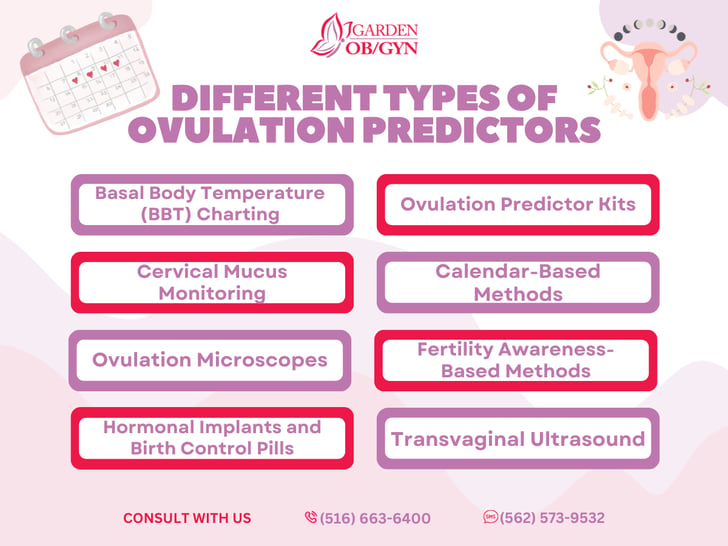
Ovulation is a crucial phase in a woman's menstrual cycle, during which an egg is released from the ovary, making conception possible. Knowing when ovulation occurs is vital for those trying to conceive, and it can also help individuals avoid unwanted pregnancies. To predict ovulation accurately, various methods and tools are available. In this article, we will explore the different ovulation predictors and how they work.
1. Basal Body Temperature (BBT) Charting
Basal Body Temperature charting is a widely used method for predicting ovulation. It involves taking your temperature first thing in the morning before any activity, ideally at the same time every day. A slight increase in BBT occurs after ovulation due to hormonal changes. By tracking these temperature shifts over several months, one can identify a pattern and predict the most fertile days.
2. Ovulation Predictor Kits (OPKs)
Ovulation Predictor Kits are popular tools for those trying to conceive. These kits detect the surge in luteinizing hormone (LH) in a woman's urine, which occurs a day or two before ovulation. When the kit registers a positive result, it's an indicator that ovulation is imminent, making it an ideal predictor for the fertile window.
3. Cervical Mucus Monitoring
Cervical mucus changes throughout the menstrual cycle. Around the time of ovulation, it becomes clear, slippery, and stretchy, resembling egg whites. Monitoring these changes can help pinpoint when ovulation is likely to occur. Many women find this method to be a reliable and easily observable predictor.
4. Calendar-Based Methods
Calendar-based methods involve tracking your menstrual cycle on a calendar. It estimates the fertile period based on your past cycle lengths. The most common technique is the Standard Days Method and the Rhythm Method. While they are straightforward, they may not be as accurate as other methods since they assume a regular 28-day cycle.
5. Ovulation Microscopes
Ovulation microscopes are simple handheld devices that allow you to examine a sample of your saliva or vaginal fluids. When these samples dry, they form unique crystalline patterns, and the appearance of fern-like or snowflake-like patterns indicates ovulation is approaching. This method is less popular but can be effective for some women.
6. Fertility Awareness-Based Methods
Fertility Awareness-Based Methods (FABMs) combine various approaches, including BBT charting, cervical mucus monitoring, and calendar-based methods. By analyzing multiple signs, these methods provide a more comprehensive picture of the fertility cycle, increasing accuracy.
7. Hormonal Implants and Birth Control Pills
Hormonal implants and birth control pills, which contain synthetic hormones, can regulate the menstrual cycle and suppress ovulation. These methods are not predictors per se, but they do prevent ovulation and can be used for family planning.
8. Transvaginal Ultrasound
For women undergoing fertility treatment or monitoring, transvaginal ultrasound is a highly accurate method for tracking the development of follicles and the release of eggs. While it's not typically used as a primary predictor for the general population, it can provide precise information for medical purposes.
Predicting ovulation is crucial for both family planning and conception efforts. The choice of ovulation predictor may depend on individual preferences, accuracy, and convenience. Some women may find that combining multiple methods yields the most reliable results. It's essential to consult with a healthcare professional when deciding which ovulation predictor method is best for you, especially if you encounter any difficulties or have underlying health issues. With the right information and tools, you can enhance your chances of achieving your reproductive goals.

